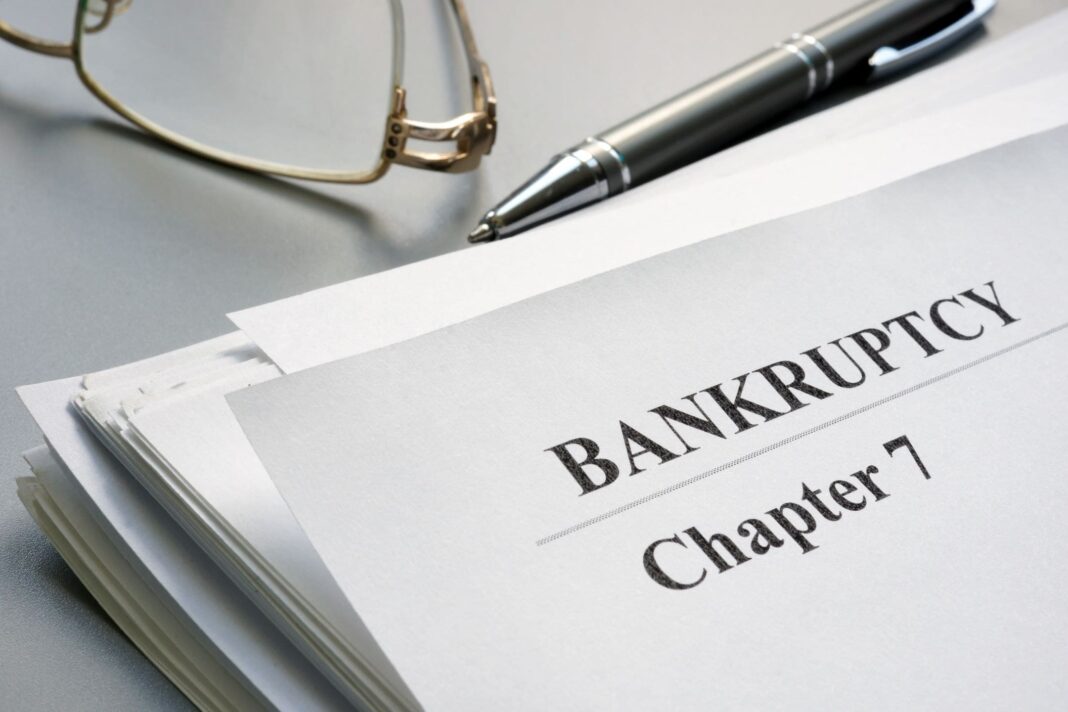Bankruptcy can be an overwhelming concept, but it also provides a legal means for individuals and businesses to overcome financial hardship. Generally, there are multiple types of bankruptcy available, the two most common for individuals being Chapter 7 and Chapter 13. These options offer different methods for addressing debts, and understanding them is crucial for making informed financial decisions. So what’s the difference between Chapter 7 and Chapter 13 bankruptcy?
Read on to learn more.
What Is Chapter 7 Bankruptcy?
Chapter 7 bankruptcy, commonly referred to as “liquidation bankruptcy,” is the most widely filed type of personal bankruptcy in countries like the United States. It’s designed to relieve debt by eliminating certain unsecured debt types, like credit card bills, medical expenses, and personal loans. However, this process requires individuals to meet specific eligibility criteria.
Therefore, in many cases, consulting a reliable bankruptcy lawyer in Jacksonville or similar locations can provide essential guidance tailored to one’s unique financial situation. By knowing when to seek professional assistance, individuals can make all the difference in successfully navigating the bankruptcy process.
Eligibility Requirements for Chapter 7 Bankruptcy
To qualify for Chapter 7 bankruptcy, individuals must pass a “means test.” This test evaluates income and expenses to determine whether an individual’s earnings fall below a certain threshold, thereby allowing them to file under Chapter 7. If the income exceeds the threshold, Chapter 7 may not be an option, and Chapter 13 could be recommended instead.
The means test generally compares an applicant’s income to the median income in their state. If an individual’s income falls below the median, they automatically qualify for Chapter 7. If it’s above, a deeper financial analysis is required to determine eligibility.
How Chapter 7 Bankruptcy Works
Chapter 7 bankruptcy involves the liquidation of non-exempt assets, which are used to repay creditors. A bankruptcy trustee manages this, reviewing the individual’s finances, selling any eligible assets, and distributing the proceeds to creditors.
It’s also important to note that some assets are protected under federal or state exemptions, allowing individuals to keep essential items like clothing, furniture, and potentially even their home, depending on the state. Once the liquidation process is done, the rest of the eligible unsecured debts are discharged, which means the debtor has no longer obligation to pay them.
Pros and Cons of Chapter 7 Bankruptcy
Chapter 7 bankruptcy offers a faster resolution, taking just a few months to complete. It allows for a fresh financial start without repaying discharged debts. However, it also has drawbacks. For instance, chapter 7 bankruptcy may result in potential loss of non-exempt assets, negative impact on credit score, and limited eligibility.
Understanding Chapter 13 Bankruptcy
Unlike Chapter 7, Chapter 13 bankruptcy is known as a “reorganization bankruptcy” and is generally better suited for individuals with a steady income who want to protect their assets. Chapter 13 allows debtors to keep their property while paying off debts over a structured repayment period.
Eligibility Requirements for Chapter 13 Bankruptcy
Chapter 13 eligibility doesn’t depend on a means test like Chapter 7. Instead, it’s available to those whose secured and unsecured debts fall below specific limits. Furthermore, individuals must have a regular source of income, as Chapter 13 requires a structured repayment plan. This type of bankruptcy can be beneficial for individuals with significant assets they want to retain, such as a home or vehicle.
How Chapter 13 Bankruptcy Works
The Chapter 13 process involves developing a repayment plan, typically three to five years, based on the debtor’s income and ability to pay. Debtors submit a proposal to the court detailing how they intend to repay creditors over this period. Once approved by a bankruptcy judge, the debtor makes monthly payments to a trustee, who gives the funds to creditors according to the plan.
At the expiration of the repayment period, any remaining unsecured debt is discharged, assuming all obligations of the plan were met. Chapter 13 also allows debtors to catch up on missed mortgage or car loan payments, potentially preventing foreclosure or repossession.
Pros and Cons of Chapter 13 Bankruptcy
Chapter 13 bankruptcy can appeal to individuals with significant assets and a reliable income. It allows debtors to keep assets, structured repayment plan, and potential discharge of remaining unsecured debt after repayment. However, the commitment to a multi-year repayment plan can also be challenging. Chapter 13 bankruptcy requires a longer process and consistent income, and payments must be maintained over several years.
Key Differences Between Chapter 7 and Chapter 13 Bankruptcy
While both Chapter 7 and Chapter 13 are designed to help individuals eliminate or restructure debt, there are fundamental differences in eligibility, process, and outcome. These include:
Eligibility
Chapter 7 requires passing a means test and is available to those with low incomes, while Chapter 13 is available to individuals with regular incomes and debt within specific limits.
Debt Relief Approach
Chapter 7 is liquidation-based, discharging unsecured debts after asset liquidation, whereas Chapter 13 involves a reorganization plan, which allows debtors to repay debts over time without asset liquidation.
Process Duration
Chapter 7 is quicker and typically completed within four to six months, while Chapter 13 spans three to five years due to the repayment plan.
Asset Retention
Chapter 7 may require the sale of non-exempt assets to repay creditors, while Chapter 13 enables individuals to keep their property if they adhere to the repayment plan.
Impact on Credit
Both Chapter 7 and Chapter 13 impact credit scores, but Chapter 7 remains on credit reports for ten years, whereas Chapter 13 remains for seven years, offering a slightly shorter recovery period.
Conclusion
Both Chapter 7 and Chapter 13 bankruptcy offer relief options for individuals struggling with debt, but they address financial challenges in different ways. Chapter 7 provides quick debt elimination through asset liquidation, while Chapter 13 offers a reorganization plan, allowing individuals to keep their property. Hence, by keeping the information mentioned above in mind, individuals can make the most informed decisions for their financial well-being.
